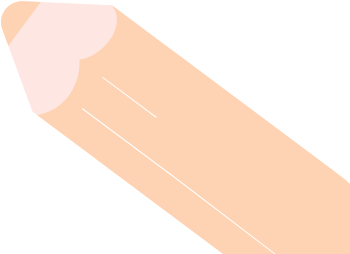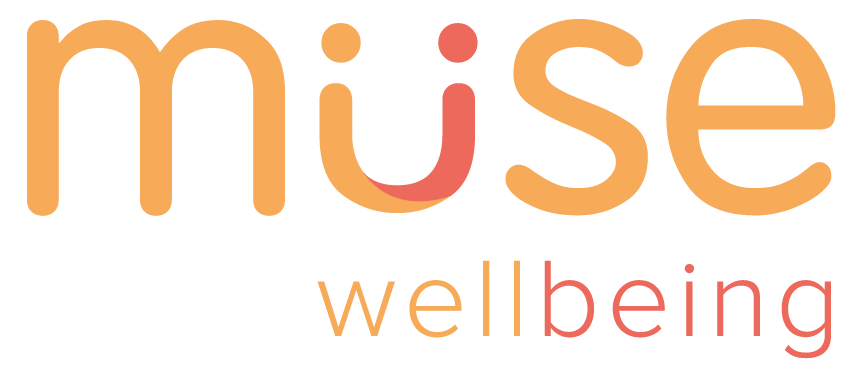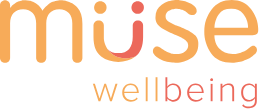Teaching Puberty in KS2: PSHE and Puberty Education

Eloise is a UK based primary educator and freelance writer. Passionate about education, she enjoys crafting engaging learning content.

David is the Muse Wellbeing director and lead curriculum developer. His Main passions include education, surfing and travelling.
Teaching Puberty in KS2: PSHE and Puberty Education
Puberty education falls under the broad spectrum of PSHE although many of the topics covered around changing bodies, differences in male and female body parts, and what to expect during puberty can also be covered in science.
Teaching puberty is a statutory learning topic of the KS2 RSHE curriculum. Therefore, it’s important that teachers have the confidence and understanding to deliver lessons on what is one of the trickier subjects within a primary school curriculum
Where Does Puberty Fall in the PSHE Curriculum?
Puberty is a statutory topic within the wider PSHE and RSE curriculum. It is a compulsory topic of learning within HE (Health Education) and teachers are required to deliver lessons on the topic. Understanding the RSE curriculum can be difficult but when it comes to teaching puberty, the government states that it’s an important part of primary education that should be addressed, where possible, before onset. Most schools follow general guidelines of teaching puberty in lower KS2 (years 3 and 4) and then building on knowledge from there. However, some RSE curriculum programmes introduce topics on changing bodies and the differences between male and female bodies, with the correct scientific terminology right from Y1.
All children will learn about physical changes, including menstruation as well as the emotional changes to understand what they and their peers will go through. Teaching puberty can be a difficult topic especially as children get older and become more aware, but creating an environment where children feel safe, respected and confident to discuss these topics is a vital part of teaching puberty in PSHE. Puberty can be difficult to understand and experience, and providing students with a safe space in the classroom where they feel like they can express themselves will go some way to making this time in their lives a little easier.
Not only is puberty education important in creating an understanding of the changes that will happen, but it also helps to keep students safe. The statutory RSE curriculum was introduced to encourage better physical and mental health and allow children to know when they need help. KS2 puberty will cover topics such as different types of relationships, sexual relationships and looking after our changing body. Without this knowledge, children could be at risk.
KS2 Puberty Resources
For teachers, it is important to remember that it is okay not to know all the answers to questions that students may have about puberty education. One good classroom resource to have when beginning PSHE puberty is a question box. This allows time to look over any questions students have before the lesson and provides space to research the answers and seek guidance if needed. A question box also takes away any embarrassment that students might feel about speaking up in front of their peers, this way they can ask anonymously.
The Muse Wellbeing curriculum provides a full RSE curriculum aligned with the Department for Education 2020 guidance. Schools have access to all lessons alongside guides and resources as well as automatic updates to reflect any changes to the curriculum.
Puberty can be difficult for any child to understand and students with special educational needs may need extra support in understanding these topics and processing what it all means. Creating differentiated resources can help students at varying emotional, mental and educational levels to access the work in a way they can understand. Muse Wellbeing offers many differentiated well-being resources that can help teaching staff deliver puberty lessons to SEND children.
What is Taught in Puberty and PSHE Lessons?
PSHE stands for personal, social, health and economic education. In 2020 the DfE made parts of PSHE statutory meaning certain topics became compulsory. This became known as the RSHE curriculum (often referred to as RSE) which stands for relationships, sex and health education. In primary schools relationships and health education are mandatory subjects and in secondary school sex education is included in the curriculum. Primary schools may also teach sex education where appropriate.
Puberty falls under health education so whereas parents can request for their child to be removed from sex education the government states that children cannot be removed from the statutory relationships and health curriculum. However, parents and guardians are entitled to know what their child will be learning during PSHE lessons and may request access to puberty resources and other topics of learning with the curriculum.
Lower KS2 puberty lessons usually focus on reproduction, changing bodies and changing emotions as well as relationships and families. By upper KS2 these topics will be built upon to deepen understanding but pupils will also learn about self-care, body image and different types of relationships.
With the Muse Wellbeing curriculum children begin to learn about how their bodies grow, change and develop from Year 1 lessons. For example, at this age, children might compare pictures of babies, children, teens and adults, and share ideas on their differences.
In KS1, children will also explore how female and male bodies are different as well as understanding that males have a penis/testicles and females have a vagina/vulva (this terminology will be used so children know the correct scientific words to use). Puberty is first introduced in Year 4 lessons within the Muse Wellbeing. This is then built upon in Year 5 and Year 6 to further students’ understanding.
Whilst RE (Relationships Education) topics are compulsory, many schools choose to follow a broad PSHE curriculum that goes beyond the DfE expectations set out in their 2020 guidance. The Muse Wellbeing PSHE curriculum includes all statutory RSE topics as well as mental well-being, digital citizenship, economic well-being and much more to provide schools with fun, impactful and engaging lessons that will help children understand themselves and the world around them.
Final Thoughts
Puberty can be a tricky subject to teach, but with Muse Wellbeing’s lesson plans and resources, teachers can focus on delivering the right topics to their students in a way that will cultivate curiosity, support student well-being, and improve their understanding.
Lessons on puberty can be stressful for children. Before beginning RSE lessons, teachers should familiarise themselves with their school’s safeguarding policy. Throughout puberty education, there is the possibility that a child could disclose a concern. Teachers and supporting adults must be able to act positively within duty of care guidelines to all disclosures made.
KS2 puberty is important for all students and there are many ways to create a learning environment that encourages communication and respect. Opening puberty lessons by asking volunteers to share their thoughts or understanding of a topic and then expanding on these throughout the lesson can break down some of the barriers around embarrassment and fear of being wrong. However, allowing students a place to remain anonymous, such as through a question box can also be a big help and will ensure that all children have a chance to ask questions.
Muse Wellbeing
Subscribe for RSHE & Wellbeing Updates & Learning Resources

Copyright © 2025 Muse | All Rights Reserved.
Would you like to logout of Muse Wellbeing?


